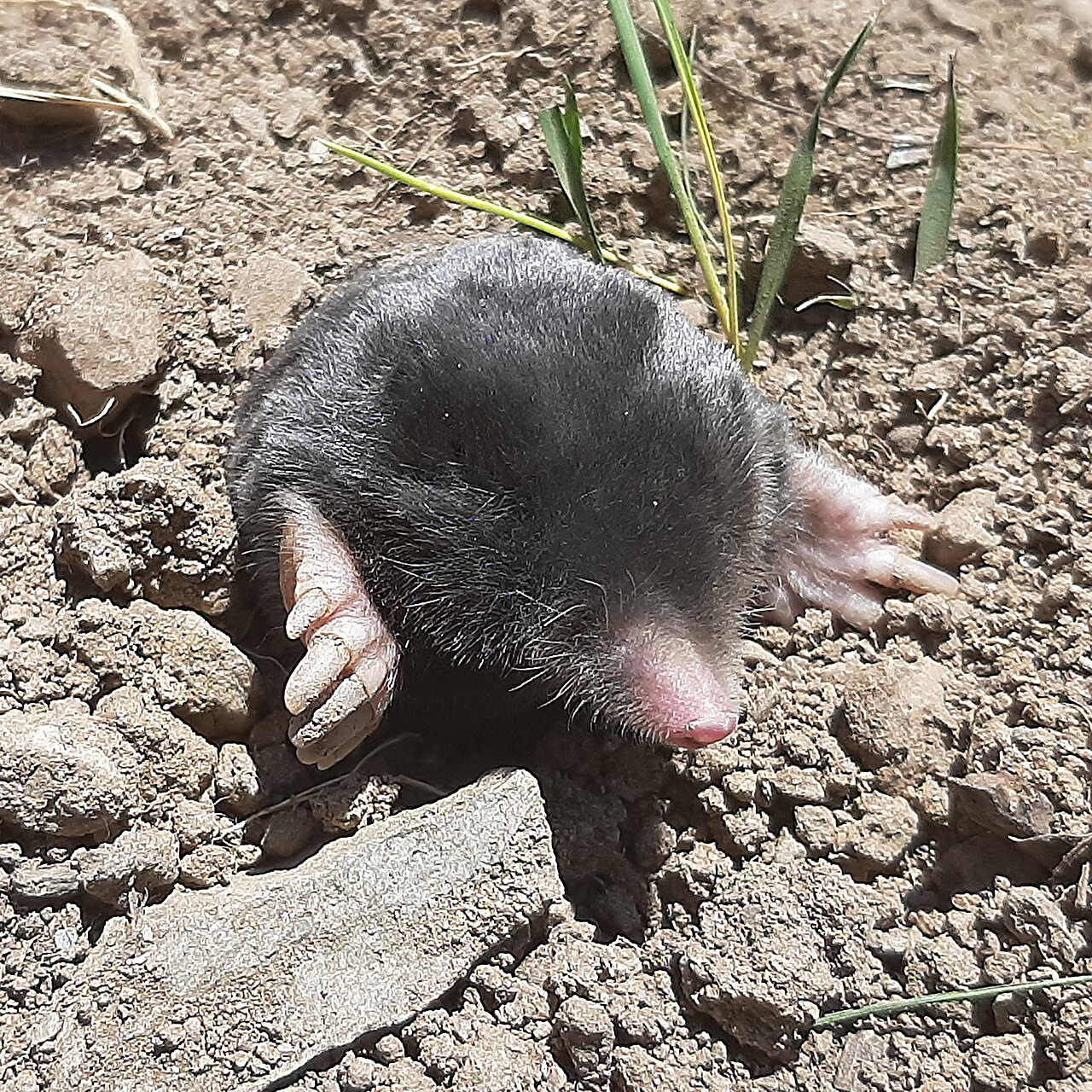Prepare to be amazed! Scientists have made an incredible discovery in the mountains of eastern Turkey. They have identified two types of mole that have been living there for as long as 3 million years! Can you believe it?
These new moles, known as Talpa hakkariensis and Talpa davidiana tatvanensis, belong to a group of subterranean mammals that eat invertebrates. While one species of mole is found in Britain, there are many different species in eastern regions, each with their own unique characteristics.
Using advanced DNA technology, the researchers have confirmed that these new moles are biologically distinct from others in their group. They are able to survive extreme temperatures and harsh conditions, such as temperatures of up to 50°C in summer and being buried under two meters of snow in winter.
The study, published in the Zoological Journal of the Linnean Society, was conducted by researchers from Ondokuz Mayıs University (Turkey), Indiana University (U.S.), and the University of Plymouth (UK). Professor David Bilton, an expert in aquatic biology, has previously identified almost 80 new species of animals and insects. He believes these new mole discoveries are truly remarkable.
“Discovering new mammal species is incredibly rare,” Professor Bilton said. “There are only around 6,500 known mammal species in the world, compared to the estimated 1–2 million species of beetles. Our study shows that we can underestimate the true biodiversity of our planet, even in well-studied groups like mammals.”
The discoveries have increased the number of known Eurasian moles from 16 to 18, each with their own distinct genetic and physical characteristics. The researchers used advanced mathematical analyses and DNA comparisons to confirm the uniqueness of these moles.
These findings open up a hidden pocket of biodiversity in eastern Turkey. Professor Bilton believes that there are likely more undiscovered mole species in this region and adjacent areas. This knowledge is crucial for conservation efforts and managing our planet’s biodiversity.








